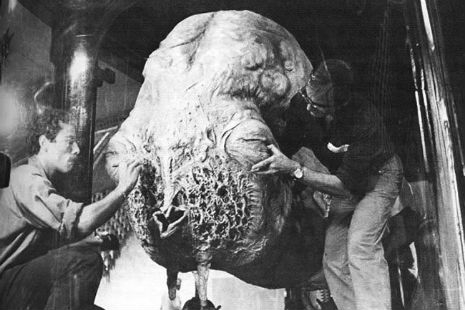
If I had to pick my favorite movie from the 1980s, it’d be a good long while before I thought of a better candidate than David Lynch’s Blue Velvet, which came out in 1986. Blue Velvet was Lynch’s redemptive triumph after the time-consuming and expensive flop Dune, which was based on Frank Herbert’s tortuous sci-fi novel.
For reasons unknown, Lynch invited a German photographer named Peter Braatz to Wilmington, North Carolina (yes, that’s right, not Oregon or Washington) to come and document the shooting of Blue Velvet. Braatz titled his nearly hour-long movie “No Frank in Lumberton”; any fans of the movie will instantly understand “Frank” to mean the malevolent character played by Dennis Hopper and “Lumberton” to mean the idyllic logging community in which the action takes place.

You won’t “learn” anything in the ordinary sense from the movie, it’s an impressionistic tone-poem on Lynch and Blue Velvet that uses grainy footage of Lynch, Isabella Rossellini, Jack Nance, Kyle MacLachlan, et al.; unmotivated cutaways to exercising football players; and plenty of asynchronous sound and music. Sometimes, just for fun, Braatz uses actual dialogue from the movie as the vocal track, such as Dorothy Vallens’ pained cry to “Frank!” to leave poor Jeffrey alone.
This kind of movie strikes me as being very 1980s, it’s “experimental” and self-indulgent and kind of… drunk of video cutting techniques in a way that a movie like this would never be today. But I definitely enjoyed watching it—it’s an “audiovisual experience” first and foremost that just happens to take as its subject one of the most vivid films of American cinema. To Braatz’s credit, the movie does have something of the creepy audio gestalt that Lynch achieved so many times in his work.






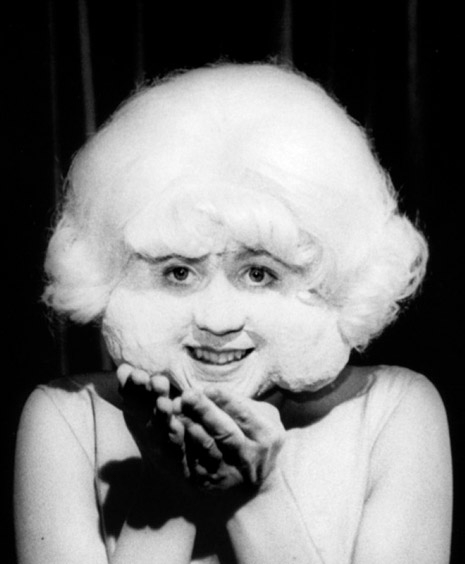






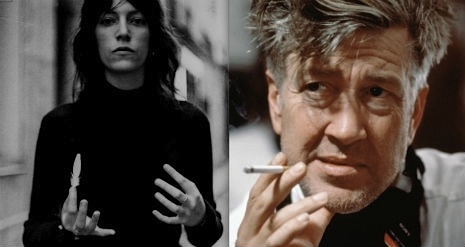


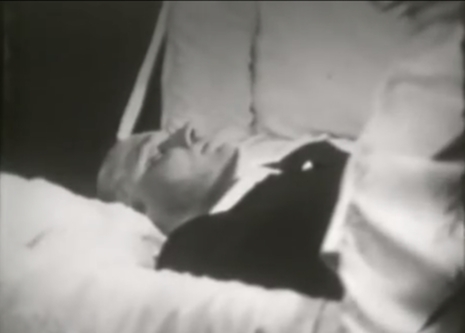

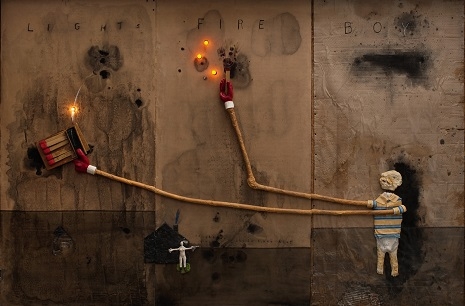

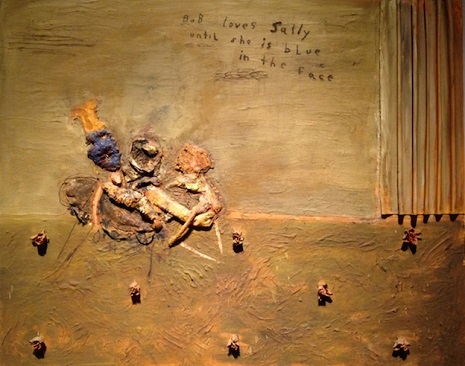
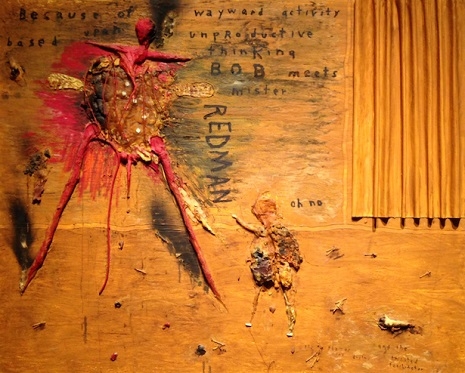
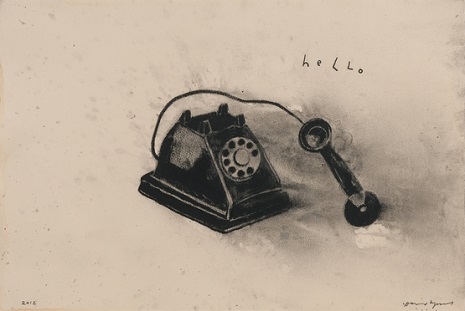
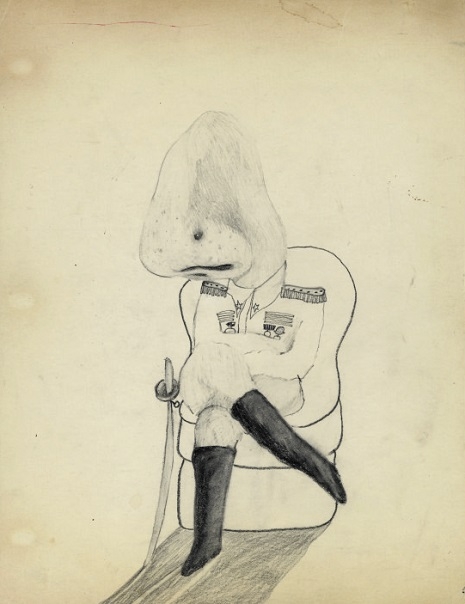
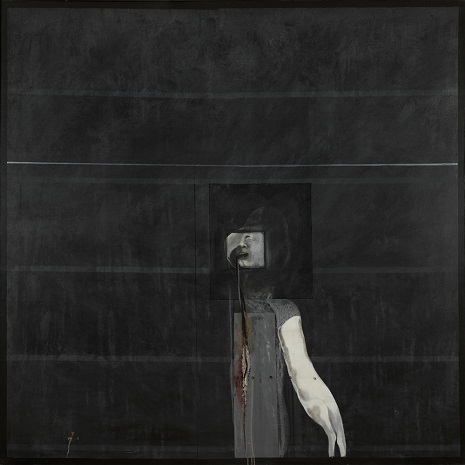
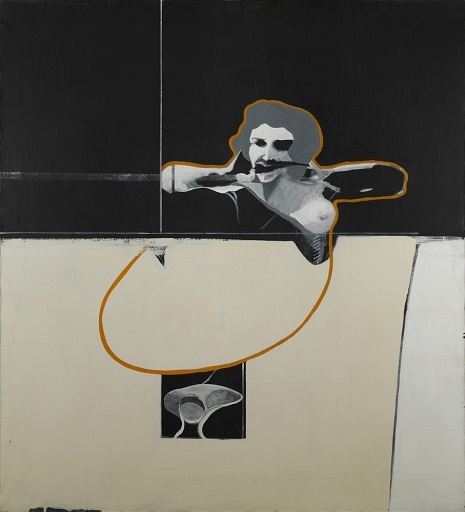




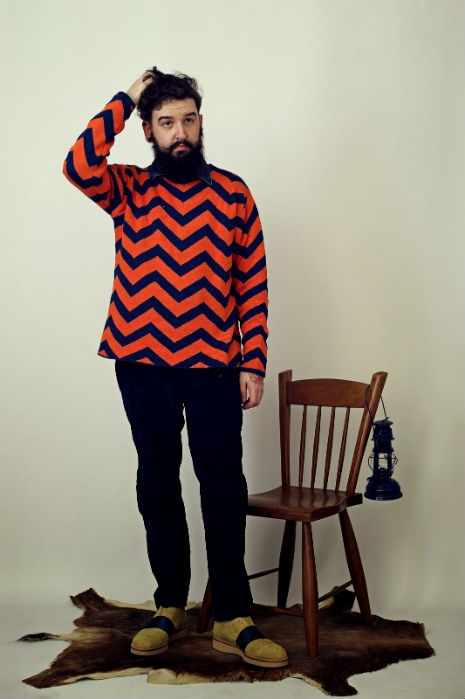


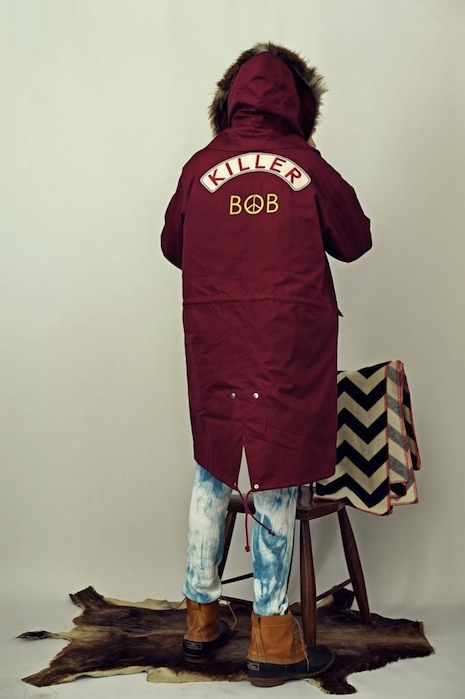




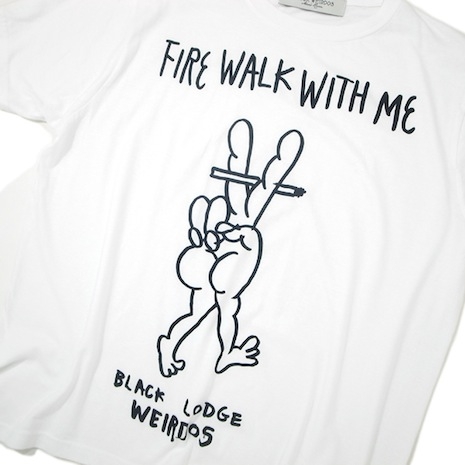
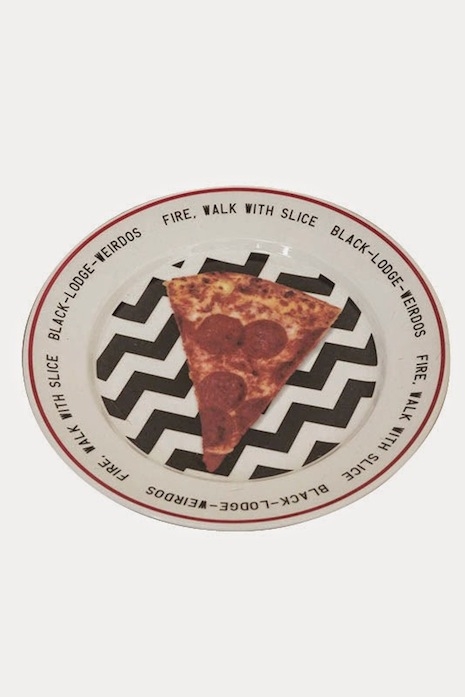
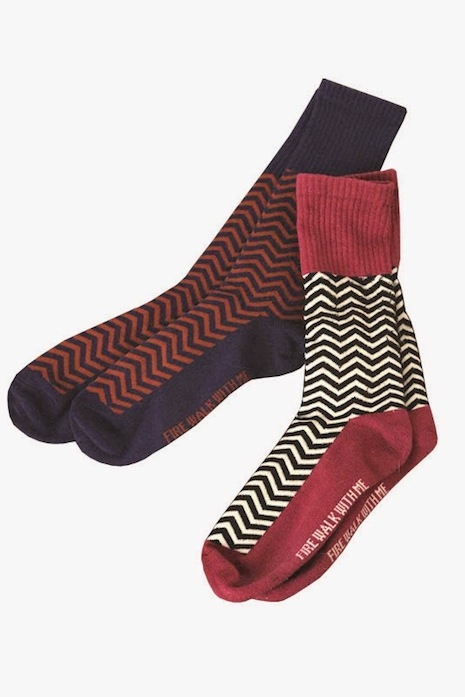


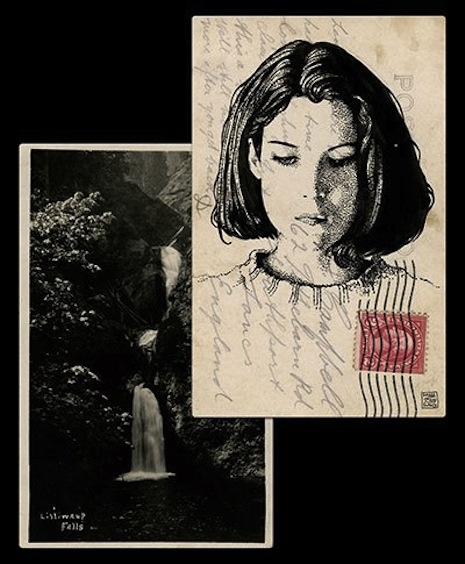
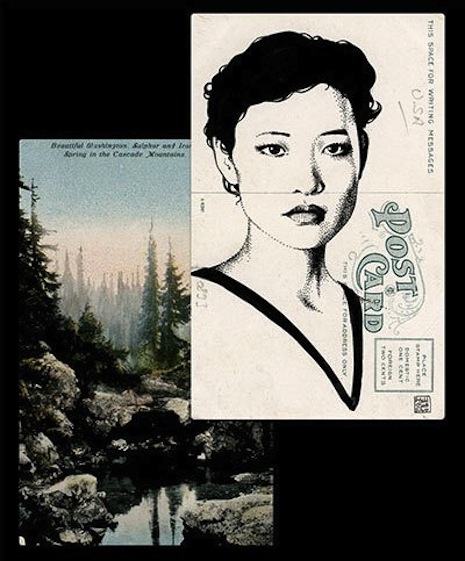
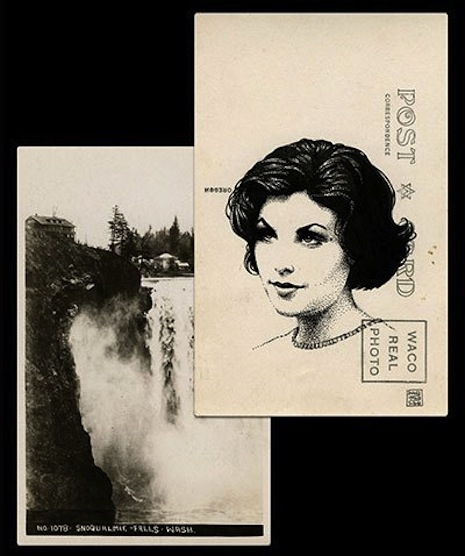

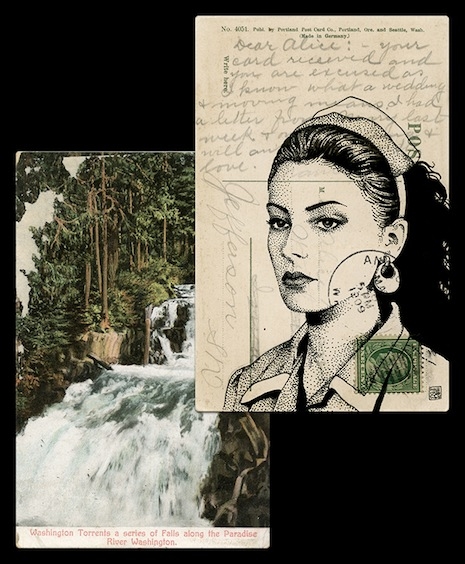

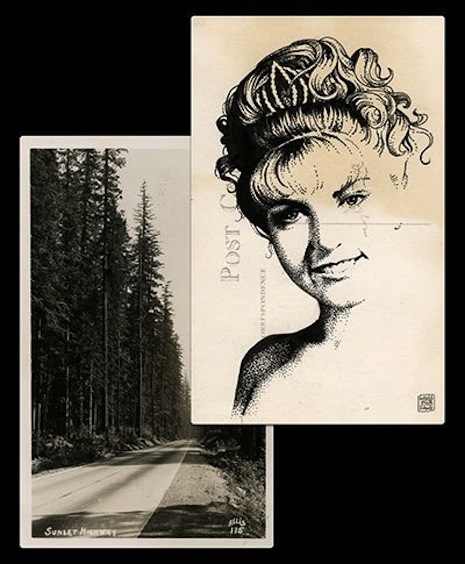
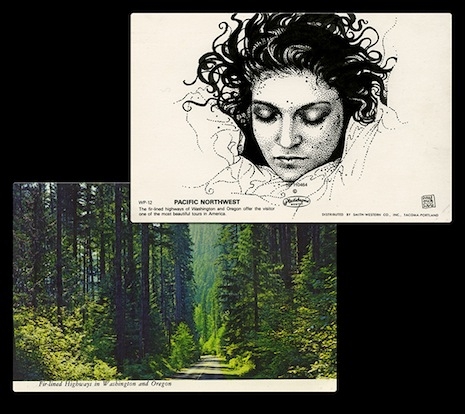
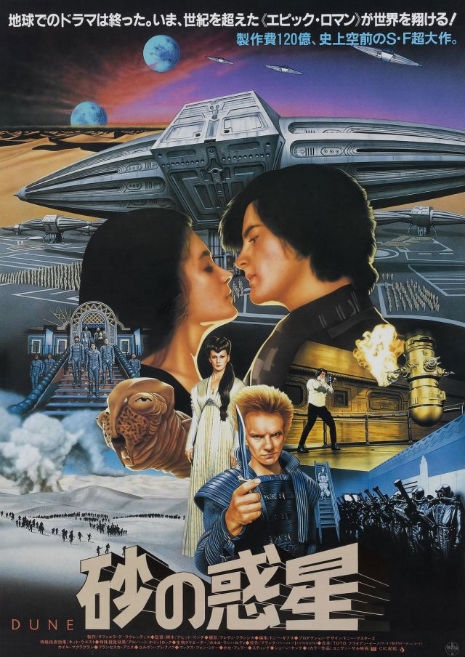

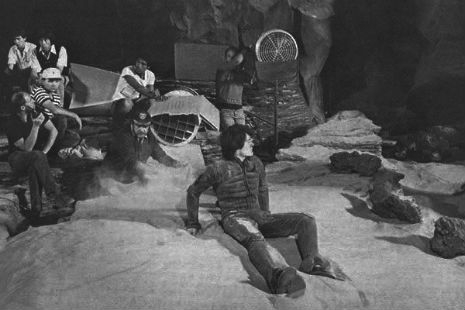
_465_312_int.jpg)
